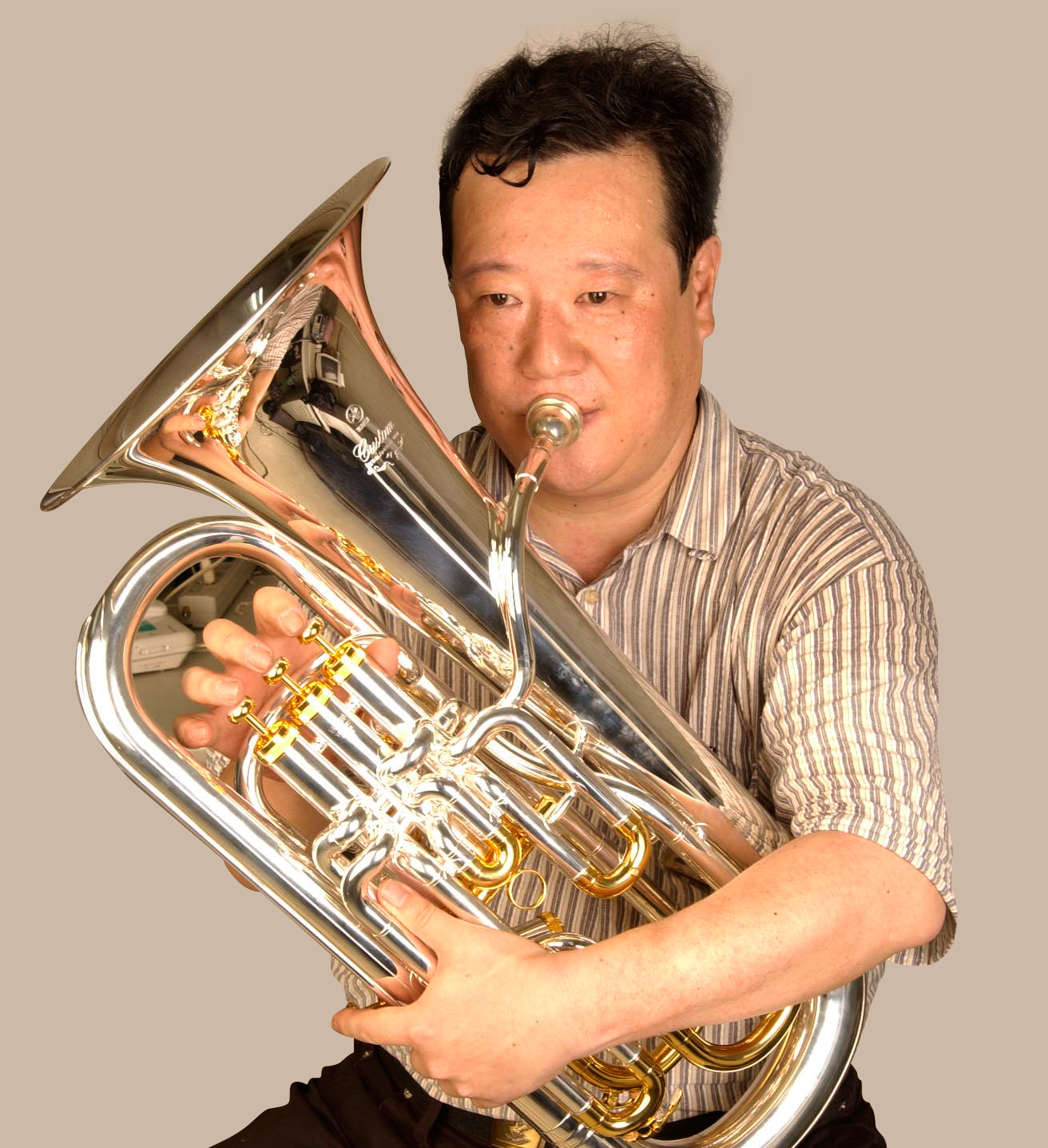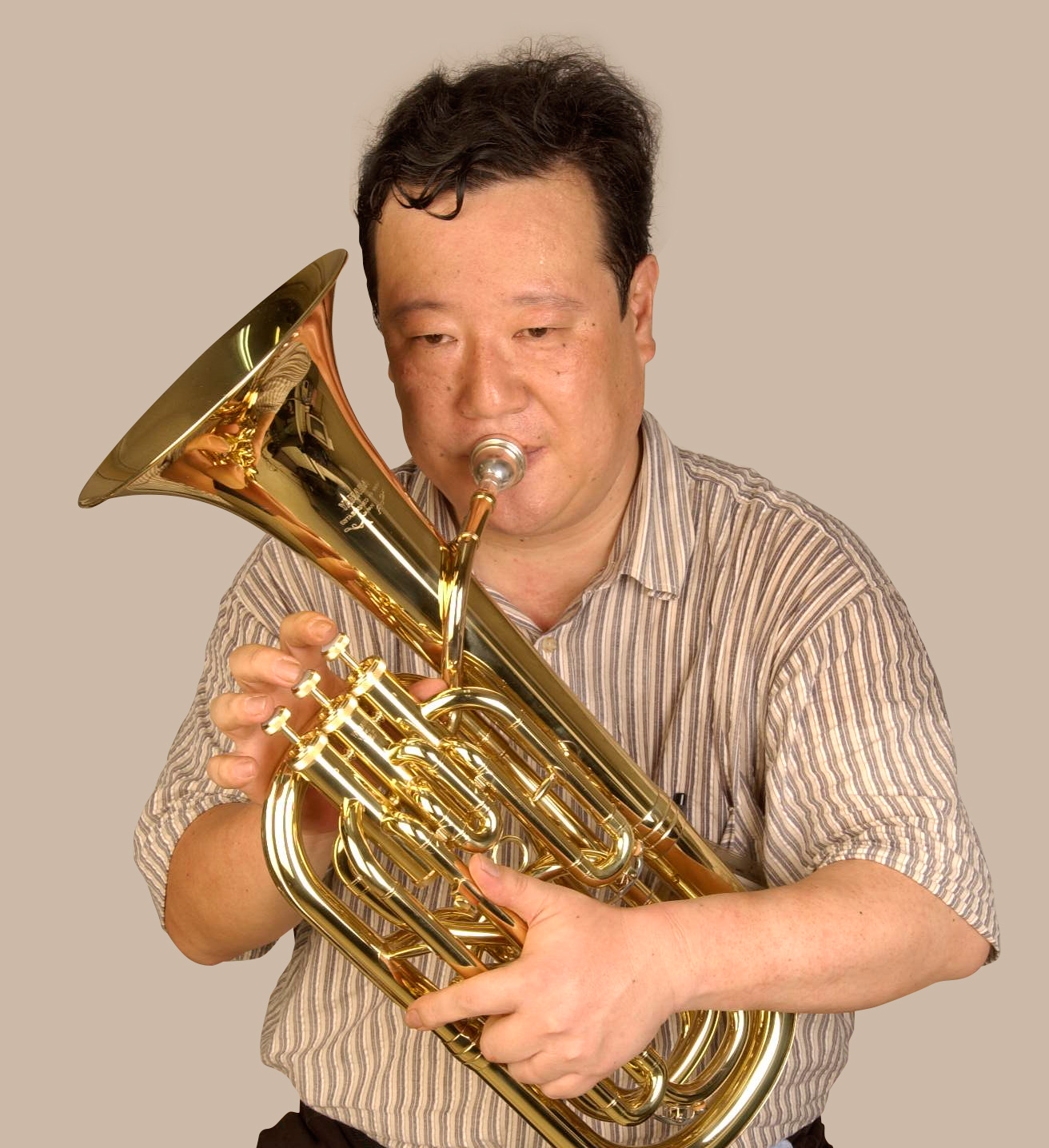The origins of the Tuba
Twists and Turns in the Development of the Tuba
Did the euphonium come from the tenor tuba?
Three years after inventing the basstuba, Moritz created the tenor tuba, an instrument with a higher tonal range. A fellow German named Ferdinand Sommer made the tubes of the tenor tuba thicker and more tapered. He called this instrument the "euphonium." The name was taken from "euphonos," which means "beautiful sound" in Greek.
A different instrument steals the euphonium's name!
While Sommer was developing the euphonium in Germany, Adolphe Sax, noted father of the saxophone, was creating one saxhorn instrument after another in Paris. First the sopranino, then the soprano, alto, tenor, and baritone saxhorns all had high tonal ranges that exactly matched the increasingly popular euphonium. The bass saxhorn, in fact, was sold under the name euphonium and was a great success.
Incidentally, the baritone saxhorn made by Adolphe Sax became the prototype for the modern baritone, which, although seldom used in typical brass bands, is an indispensable instrument in British-style brass bands.

The modern euphonium

The modern baritone (also called a baritone horn)
Another low-pitched instrument is born!
As various brass instruments with low tones were being created, the one with the deepest pitch came in the 1840s by a Czech craftsman named V. F. Červený. A modern tuba is typically a C or B♭ tuba. As an instrument, the tuba can have various pitches, but these were not all invented by the same person. Craftsmen in various situations came up with diverse ideas and created instruments that were vetted in actual use, eventually leaving us with the instruments we use today. As a group, we call them tubas.
Musical Instrument Guide:Tuba Contents
Origins
Structure
How to Play
How the Instrument is Made
Choosing an Instrument
Trivia
- A Massive Tuba from 100 Years Ago
- Depending on the Country, a Baritone is Not a Baritone
- The Cinbasso-Popular in Italian Opera
- All Brass Instruments Have Marching Band Models
- Famous Musical Pieces for the Tuba (Bass)
- The Compensating System for the Euphonium
- There are Various Mutes for the Tuba
- Ease of Playing Pedal Tones
- Why Are Tubas So Expensive?
- Do Jazz Musicians Play the Tuba?
- Brass Band Songs Featuring the Tuba
- An Instrument in the Key of B♭, Yet the Music is Written in C
